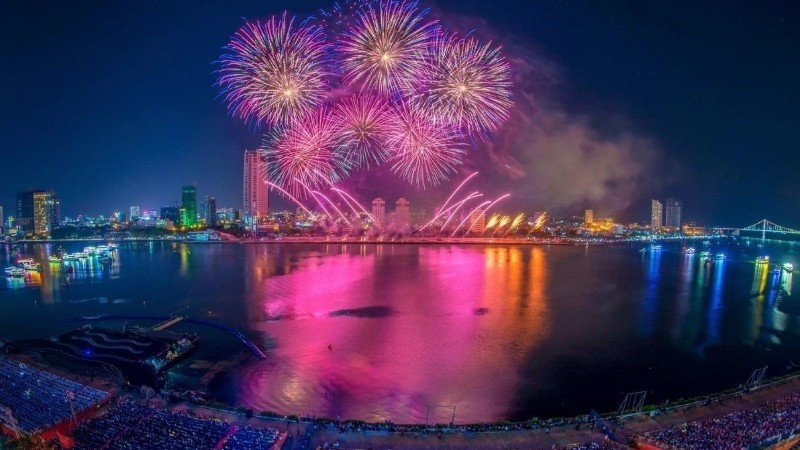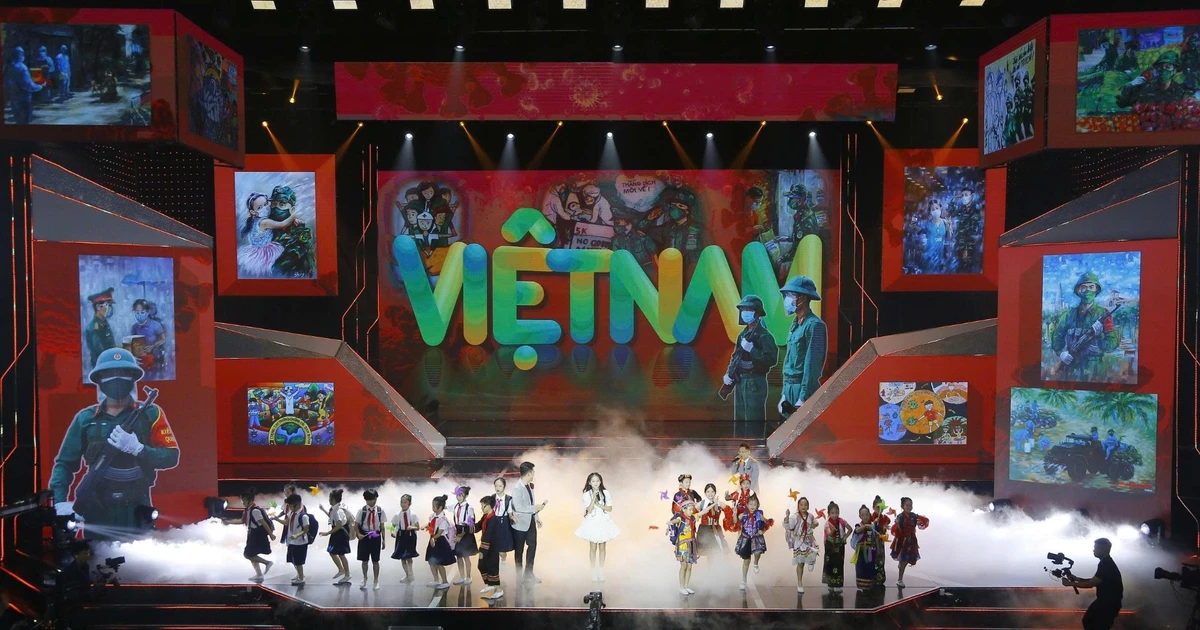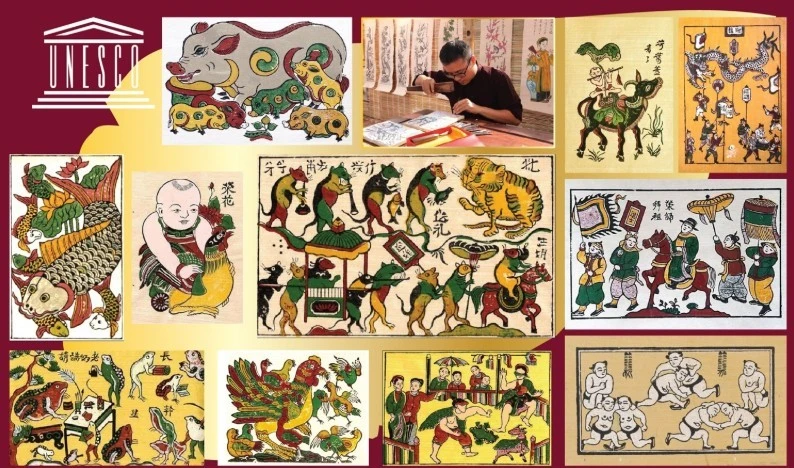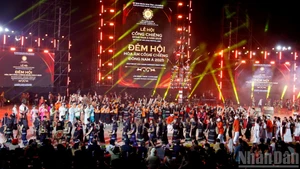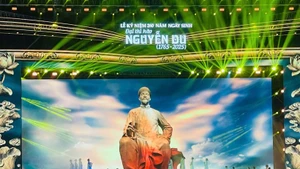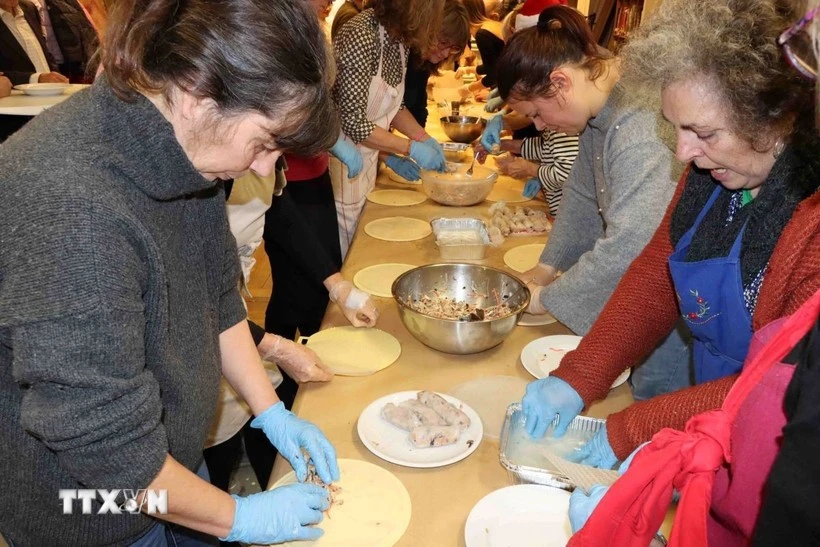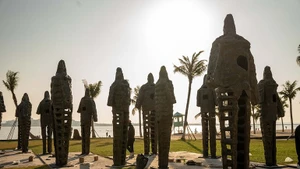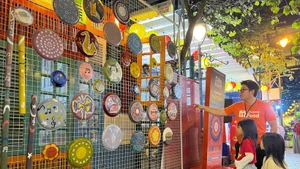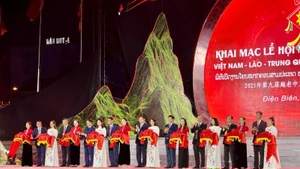On October 1, the Ha Noi People’s Committee issued Plan No. 270/KH-UBND on the organisation and operation of cultural industry centres in the city. Earlier, on September 13, 2025, the Viet Nam Cultural Industry Development Association (VCIDA) was officially launched in Ho Chi Minh City, creating a great network for connection between businesses, artists, and management agencies.
Local initiatives
In Ha Noi, the newly issued Plan No. 270/KH-UBND has been considered a “creative map” shaping a comprehensive ecosystem for the capital’s cultural industry development. The city aims to establish one to two cultural industry centres in 2025, based on advantages such as historical heritage and urban spaces, attracting socialised investment and public-private partnerships (PPP). By 2030, Ha Noi’s goal is to establish 10 cultural industry centres, and by 2045, a modern and large-scale cultural industry complex will be built along the Red River.
Over the past time, the city has hosted numerous cultural activities such as festivals and night tours. Community cultural and artistic spaces have been organised, such as the Hoan Kiem Lake Pedestrian Zone, Ha Noi Book Street, and the Thang Long Imperial Citadel. Ha Noi is determined to turn cultural industries into a spearhead economic sector with a synchronised digital ecosystem and strong international connectivity.
Similarly, Ho Chi Minh City has issued the project “Development of Ho Chi Minh City’s Cultural Industries until 2030,” focusing on eight key sectors: cinema, performing arts, fine arts, photography, exhibitions, advertising, cultural tourism, and fashion. The project sets the target for the cultural industries to achieve an average growth rate of around 14% per year in 2025, contributing 5.7% to GRDP, and around 12% per year by 2030, contributing 7–8% to GRDP.
The city has also organised outstanding cultural events such as international film festivals and large-scale art programmes attracting tens of thousands of audience members.
In 2024, the river festival in combination with traditional art performances and modern lighting technology attracted over 4.5 million visitors, helping to increase tourist arrivals to the city by 1.3 million. The festival also won two Gold Awards at the 2025 International Business Awards (IBA) in the Arts, Entertainment and Public Festivals category.
Recently, the city organised the inauguration of the Viet Nam Cultural Industry Development Association, attracting hundreds of enterprises and artists who signed cooperation agreements with technology corporations. The city has shown strong determination to become Southeast Asia’s Cultural Industry Hub and to join UNESCO’s Creative Cities Network in the field of cinema.
At the seminar titled “The city’s cultural industries — from Identity to creativity,” Dang Thi Luan, Acting Director of the Startup & Innovation Hub of Ho Chi Minh City (SIHUB), said that cultural industries are not only a development strategy but also the heartbeat of a young and ambitious city which is ready to reach out to the world.”
In Da Nang, joining the "beat" of the cultural industry development, the 2025 Da Nang International Fireworks Festival (DIFF) reaffirmed its trademark, drawing more than 1.88 million audience members and creating estimated tourism revenue of 5,600 billion VND. The festival was not only a creative playground for performing arts but also create opportunities to connect local businesses with international partners, boosting cultural promotion.
In Lam Dong, the 2024 Da Lat Flower Festival turned the city into the “flower capital” of the region, attracting two million visitors and contributing over 3,600 billion VND to the local GRDP.
In Quang Ninh, the province has focused resources on developing the cultural industries, focusing on building a cultural and creative industrial zone and complex pilot project in Ha Long City. Accordingly, art programmes on Ha Long Bay, heritage tours and traditional art shows, night economy development have been promoted.
Prospects for breakthrough
At present, the Party and state’s policy directions are creating a “golden opportunity” for Viet Nam’s cultural industries to make a global breakthrough. Speaking at the seminar titled “Cultural industries — the path opens the endless treasure of Vietnamese creativity,” Dr. and Architect Nguyen Thu Hanh, Director of the Viet Nam Cultural Industry Development and Research Centre (S-DCI), said that if we can scale up the value chain, link industries, and apply technology, we can turn Vietnamese identity into global products.

According to data from the Ministry of Culture, Sports and Tourism, in the 2018–2022 period, cultural industries contributed an average of 1.059 quadrillion VND to the national GDP, accounting for around 4% in 2022. The cultural industry development strategy to 2030, with a vision to 2045, sets the goal of having cultural industry contribute 7% of GDP by 2030.
According to experts, Viet Nam’s cultural industries still hold great potential because the country has rich cultural resources, creative capacity, and the rising demand in the cultural consumption market.
However, to help the cultural industries make breakthrough, it needs to remove barriers. These include inconsistent and outdated legal frameworks, policies that remain at the pilot stage, limited financial mobilisation for cultural industry investment, and difficulties for enterprises in accessing investment funds. In addition, there remains a shortage of high-quality human resources, slow digital transformation in some areas, and inadequate intellectual property protection.
“We need policies and guidelines with a pioneering that can create new momentum for businesses and society to develop the cultural industries,” said Ho An Phong, Deputy Minister of Culture, Sports and Tourism.
